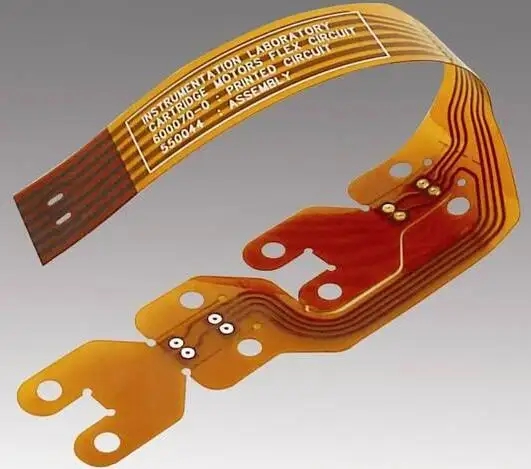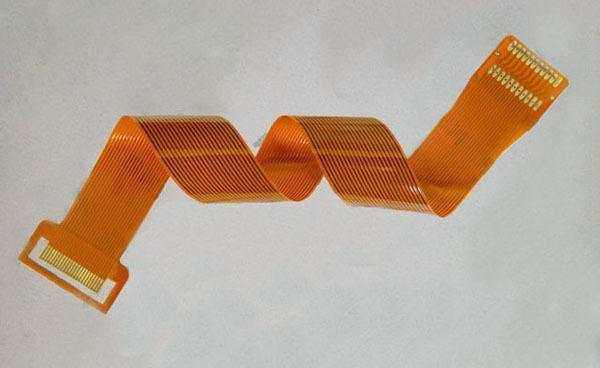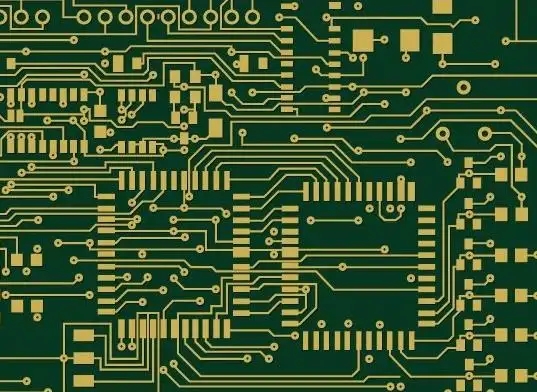
Hidden Trouble Interface Microholes for Lead free Soldering of Circuit Boards
Explanation of hidden trouble interface micro holes in lead-free soldering of circuit boards
1、 Formation of mainstream solder
At present, lead-free solders have been determined to be the mainstream alloy with nominal (NOMINA 1) weight ratio of SAC305 (Sn 9 6.5%, Ag 3.0%, Cu 0.5%) or SAC405 (Sn 9 5.5%, Ag 4.0%, Cu 0.5%) as "tin, silver and copper". The industry has done a lot of diversity tests, established examples and consensus of mass production of available temperature time lines and multiple failure modes, and also gained some practical confidence. It is almost impossible to spend more energy and time on upstream and downstream, and other alloy solders will be greatly studied. Japanese businessmen often use low melting point "Sn Zn Bi" alloy (Sn 89%, Zn 8.0%, Bi 3.0%), or other solder containing antimony (Sb), handcuffs (Ge) or nickel (Ni); In fact, the major OEM customers in the downstream of Europe and the United States rarely agree with it. Once there is a problem, they have to find their own way to solve the problem in the absence of fair arbitration.
Among the two mainstream tin silver copper solders, SAC305 has a slight advantage. One of the reasons is that the cost is cheaper with 1% less silver, and the other is that the bad IMC of long strip A g3S n in solder joints is also reduced. At present, the patent of SAC 3 O 5 alloy formula is jointly owned by Chiju Metal of Japan and the University of Iowa of the United States. All the solder suppliers in various countries must pay the patent fee.

As for wave soldering, waVeSolderin g and PCB tin spraying process, although SAC305 can also be used, cheaper tin copper alloy (Sn99.3% by wt, Cu 0.7% by wt) can also be used to save costs, but its melting point is 10 ℃ higher than SAC305 and reaches 227 ℃. Moreover, the tin sticking time of the material is much longer than that of Sn63/Pb37, so the retention time at the peak temperature of 265-270 ℃ also needs to be extended from 3-4 seconds with lead to 4-5 seconds.
In addition, when the copper content in the tin bath of wave soldering or tin spraying increases by 0.2% by wt, its liquefaction temperature will rise by 6 ℃, which will increase the damage to both plates and parts. This kind of damage is even worse for large plates with large area and thick thickness, which often leads to the tragic end of layered explosion. Once the large blank plate has been sprayed with tin at 270 ℃ and subjected to strong thermal stress for 4-7 seconds, the subsequent swabbing and welding will be more difficult. In terms of cost and quality, it is really worth thinking about whether to choose 227, C tin copper alloy for tin spraying and wave soldering.
2、 Interface microhole
(1) Location of interface micro holes
When the solder (So1der) forms a solder joint (So1der Poi nt) on the base of the P C B pad (Pads), many small cavities often occur between the base of the pad (copper and nickel) and the solder of the main body of the solder joint. This type is at the interface and the diameter is less than 40 μ In fact, the micro holes of m are mostly located between copper and tin, but interlaced with IMC. IM C cannot be generated at the micro holes, and its bonding strength must be lacking
(2) The future trouble of interface micro holes
The micro holes in this interface are not the same as the holes in the solder joints far away from the interface. However, for the bonding strength of solder joints, a large number of interface micro holes are more lethal. These differences can be clearly identified from the high quality micro slice images, or from the high-power and high-resolution X-ray inspection equipment. Once the solder joint strength problem occurs, all evidences will be undiscovered.
(3) Main causes of interface micro holes
Practical solderable treatment of PCB pad surface includes tin spraying, silver dipping, tin dipping, OSP and ENIG. Copper is the IMC base of the first four, while chemical nickel is used as the welding base to form Ni3Sn4. In fact, for high-density SMT welding, the tin spraying process has often been unsuitable. The other four kinds of surface treatment layers will have the participation of organic matters. When they are cracked into gas at high temperature and cannot escape in time, of course, they have to stay in place to form micro holes. As a matter of fact, the coatings such as I - Sn, I - Ag, O S P, etc. and the gold layer of ENIG only act as the protective coatings of the bottom copper and nickel to prevent oxidation and rejection of welding, and they do not participate in the reaction of welding (except for I - Sn). Therefore, it is known that the thinner the film is, the less organic matter will be, and the smaller the chance of micro holes on the interface will be. However, the thinner the film is, the less effective the protective welding will be.
In addition to the surface treatment layer itself, the cause of the interface micro holes is also attributable to the flux formula, the profile, the cleaning of the pad surface, the water absorption of the solder paste, and the design form of the pad. At present, in order to reduce the assembly height and save costs, some of the original QF P (Quad F1at Package) legs have been extended Gu11 wing or hooked J-1 e a d, and some products will be cancelled. Instead, the upper pad will be designed directly at the periphery of the element's ventral bottom, and the P C B plate surface will also be equipped with a corresponding bearing pad, which will be directly welded face to face with solder paste, specifically called Quad F1at NO-1ead (Q FN). This new type of Q FN solder joint has a lot of holes, and lead-free welding will add fuel to the fire. In addition, the pure tin coating on the cutting side of the element's ventral bottom cushion will cause another pain if the adjacent tin whiskers grow.
(4) The hypothesis of interface micro holes
Because there are too many causes for various solder joint cavities (including more cavities with lead and lead-free mixture), it is not easy to distinguish interface micro holes carefully. Mr. DOnaldCu11en of Matt Company once proposed two main hypotheses in his paper (S26-2) in ECWC in February 2005:
1. Copper surface is polluted, such as trace residue of green paint.
2. The copper surface is excessively rough or polluted, or water vapor is attached.
The article also discusses and lists 27 possible reasons, which is really confusing. However, I - Ag has been clearly explained in this paper. It is believed that the organic content in the film is about 0.5% - 0.2% by wt, which mainly comes from the refining agent and anti discoloration agent in the bath solution, as well as the cold soldering that may be formed when the set Pofi1e peak temperature is 20 ℃ lower. This kind of soldering will also bring a lot of interface micro holes. Of course, the silver layer is too thick and there are too many organics, which is the primary reason.
(5) Another kind of Kirkendall Voids
At the moment when the copper base is subjected to high heat welding, when the dissolution rate of its copper to liquid tin is uneven, another kind of micro hole, called K hole, will be formed between the Cu6Sn5IMC grown and the bottom copper, which makes it impossible for nearby atoms to move the Disp1acement. Generally, when the welded plate is continuously impacted by high temperature, such K holes will gradually become larger and larger, which will also bring about the problem of insufficient strength of solder joints. At present, the research on this kind of K hole is not popular.
There is still a lot of research on interface micro holes. With the comprehensive lead-free approach getting closer, the author can only sort out some context for reference based on the latest published papers and his own practical experience. It is enough to hope that some disasters can be reduced in advance.







